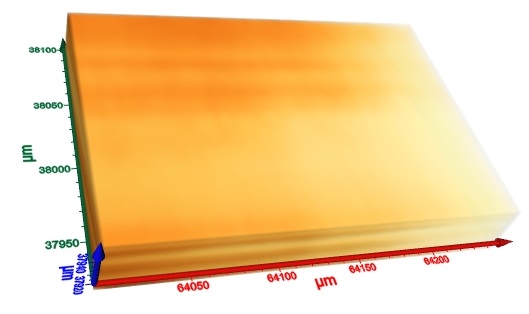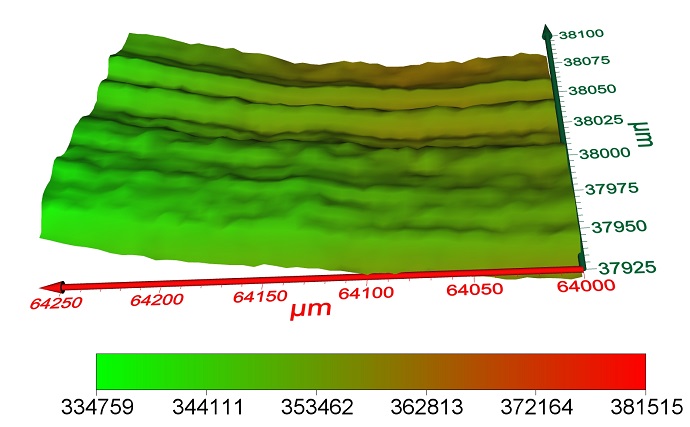WASHINGTON, May 20, 2014 – To keep your new car looking sleek and shiny for years, factories need to make certain that the coats of paint on it are applied properly. But ensuring that every coat of paint—whether it is on a car or anything else—is of uniform thickness and quality is not easy.
Now researchers have developed a new way to measure the thickness of paint layers and the size of particles embedded inside. Unlike conventional methods, the paint remains undamaged, making the technique useful for a variety of applications from cars to artifacts, cancer detection and more. The researchers will describe their work at CLEO: 2014 being held June 8-13 in San Jose, California, USA.
"It's a problem that's quite challenging," said Anis Rahman, founder of Applied Research and Photonics, Inc., in Harrisburg, Pennsylvania. "None of the current methods are very successful in determining the thickness of individual layers and coatings in a nondestructive fashion."
The new technique, which was developed by Rahman and his son, Aunik, uses terahertz reflectometry, in which a beam of terahertz-frequency radiation is fired onto the paint. Terahertz radiation, which has frequencies between infrared and microwave radiation, is nonionizing and therefore harmless, Rahman said.

Terahertz reflectometry reveals the paint surface's texture, which is produced by mica flakes added to the paint. Image credit: Applied Research & Photonics.
The terahertz beam penetrates the paint layers, which are each tens of microns (millionths of a meter) thick and bounces back at different intensities of light depending on the thickness of each layer of material the beam encounters. Measuring the intensities of the reflected beams reveals the thickness of each coat of paint down to a precision of tens of nanometers, almost a million times narrower than the head of a pin. This method can also be used to estimate the size of any particles added to the paint as small as 25 nanometers.
In addition to quality control, the method would be useful for testing paints as well, Rahman said. For example, in order for an overcoat on a car to protect the paint underneath, the two layers have to remain separate. Terahertz reflectometry can be used to make sure that the overcoat does not penetrate the layers below. The method can also help companies analyze how their paints react with different surfaces, such as plastic, wood or metal.
Environmental health applications are also possible, Rahman said, since the method can help detect whether old paint contains lead. Archaeologists and art historians can even employ it to analyze the paint on artifacts.
But terahertz reflectometry is useful for more than analyzing paint, Rahman added. The researchers are now configuring their techniques to analyze the structure of skin as a way to help diagnose early stages of skin cancer such as melanoma and basal cell carcinoma. With the addition of spectroscopy to measure the different wavelengths of reflected beams, this technique can be used to analyze the structure of skin layers and determine if they are healthy or diseased.
The instrument is ready for commercialization and Rahman says they are currently looking for partners to help bring it to market.
Presentation AW3H.4, titled “Terahertz reflectometry of multi-layered paint thicknesses and estimation of particle sizes,” will take place Wednesday, June 11, at 5:15 p.m. in Executive Ballroom 210H of the San Jose Convention Center.















